|
The trick when working with young children and talking about complex subjects is to simplify and make the subject tangible. We opened our class about 'Force' by building a marble run. 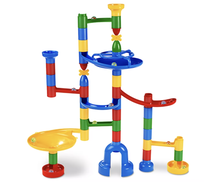 Marble runs are great for open-ended building. They’re an example of a STEM toy (Science, Technology, Engineering, Math). And, they’re a lot of fun, both for kids and adults. This was a great tool to start a conversation about force. There is a lot a variation in how the marble travels - slopes, bends, twists, turns, gravity, heights, etc. To simplify the definition for my young students, I described force as "a push or a pull." I asked the kids to stand up and jump. What force pulled us back to Earth? One bright six year old knew it was gravity! We had two stations that worked with gravity. Our splat painting station was so simple, yet I kept hearing giggles come from this area. Children stood on step stools with adult supervision and dropped cotton balls soaked in paint. I encouraged students to experiment with the height of the drop. What makes the best splat? Most kids had never been allowed such a messy experiment and it raised a lot of laughs. Gravity also played a star role in our drip paintings. This station was setup with canvases propped up on table top easels. Using pipettes with liquid watercolors, students gently released the paint at the top, allowing gravity to pull the paint down the canvas. After kids were satisfied with the amount of drips, we put these canvases aside to dry and would come back to them at the end of the class. Before introducing our spin art station, I asked kids to stand with their arms loose at their side and then spin themselves. What happened to their arms? Their arms were pulled outward. When objects spin, there is a pull from the center to the outside. So what happens when we put paint on paper and then spin it? Most kids guessed that the paint would be pulled towards the sides. At our fourth and last station, we played with pendulum painting. This took a bit of experimentation because the paint consistency had to be just right. If the paint was too thick, the pendulum only dripped dots. If the paint was too thin with water, the paint poured immediately through, making puddles. Students showed a lot of perseverance, using trial and error to get the paint just right. It was fun to watch their face light up when they perfected the paint consistency and the pendulum drew beautiful designs on the floor. We ended class by coming back to our drip paintings. I asked students what they thought their drips looked like. Were they like rain drops? Did they resemble flower stems? Using this prompt, students were then given the freedom to add various collage materials. A clear favorite art material was glitter! These drip paintings were so beautiful and magical. Each art piece was unique and completely created by the individual child. In this process, each student developed their creativity and built up their confidence in their abilities.
0 Comments
Your comment will be posted after it is approved.
Leave a Reply. |
Archives
January 2024
Categories |
Proudly powered by Weebly

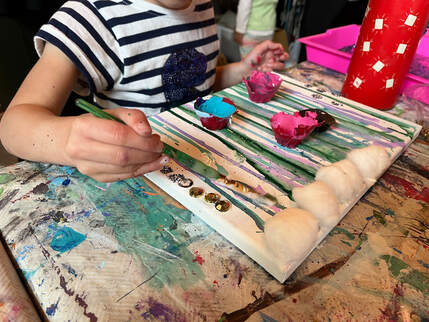
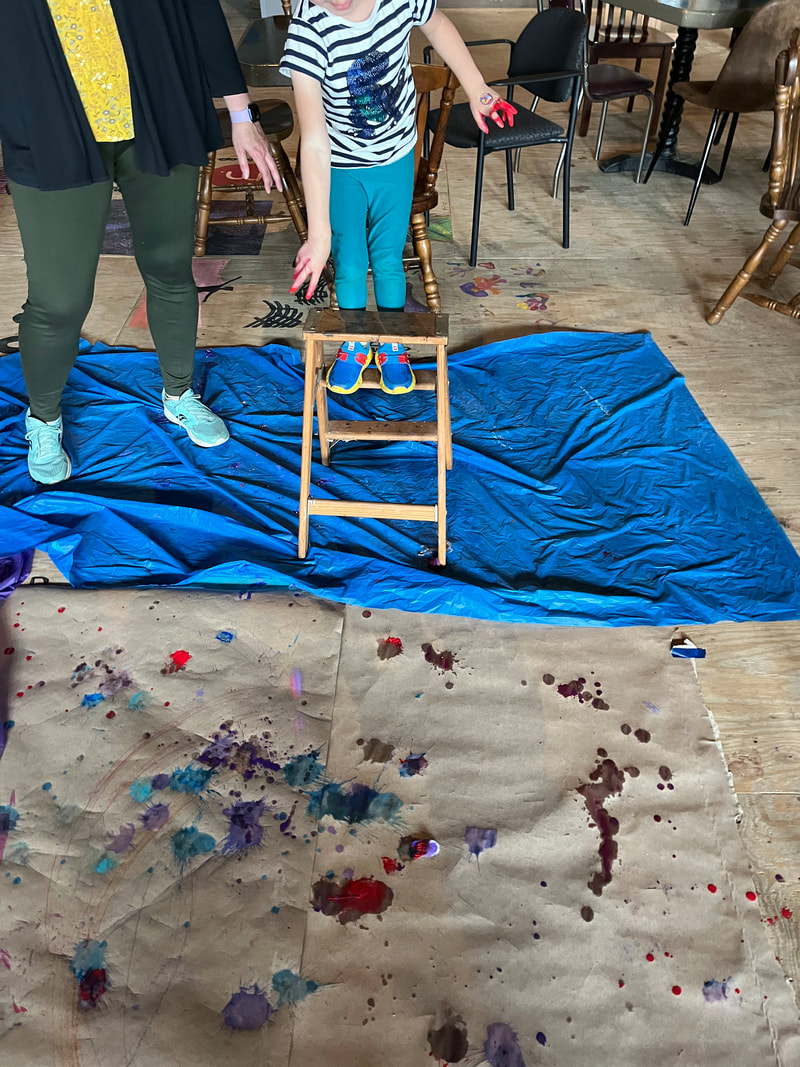
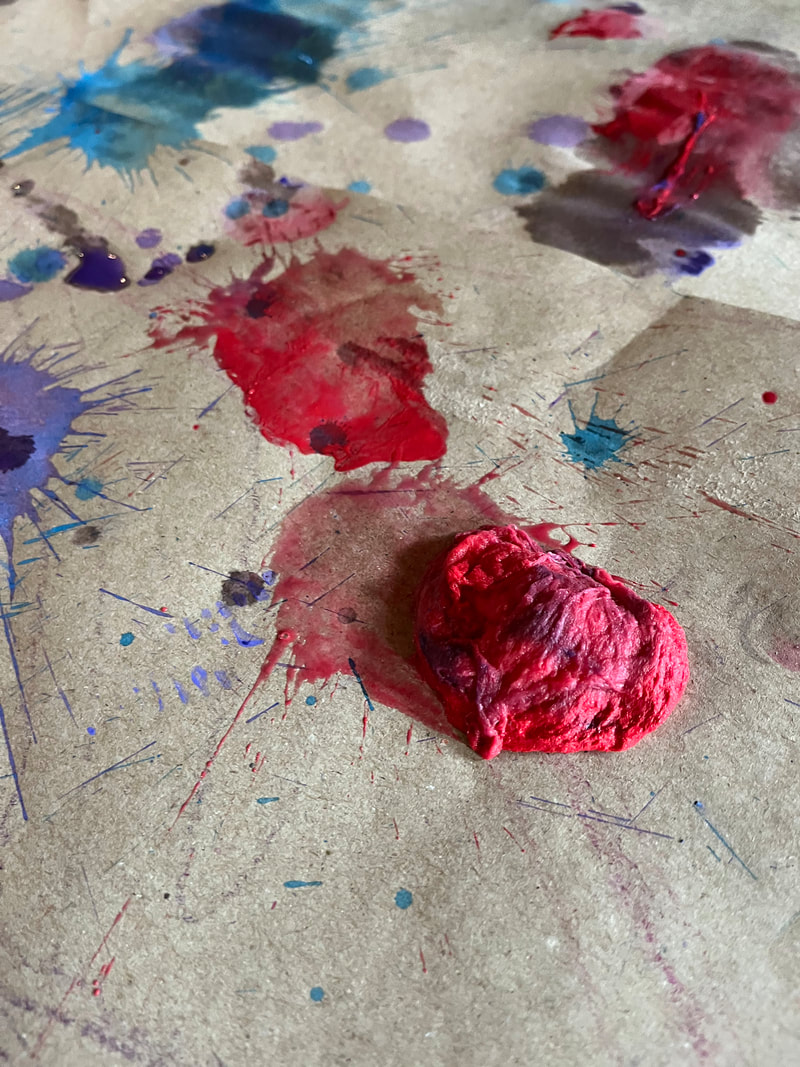
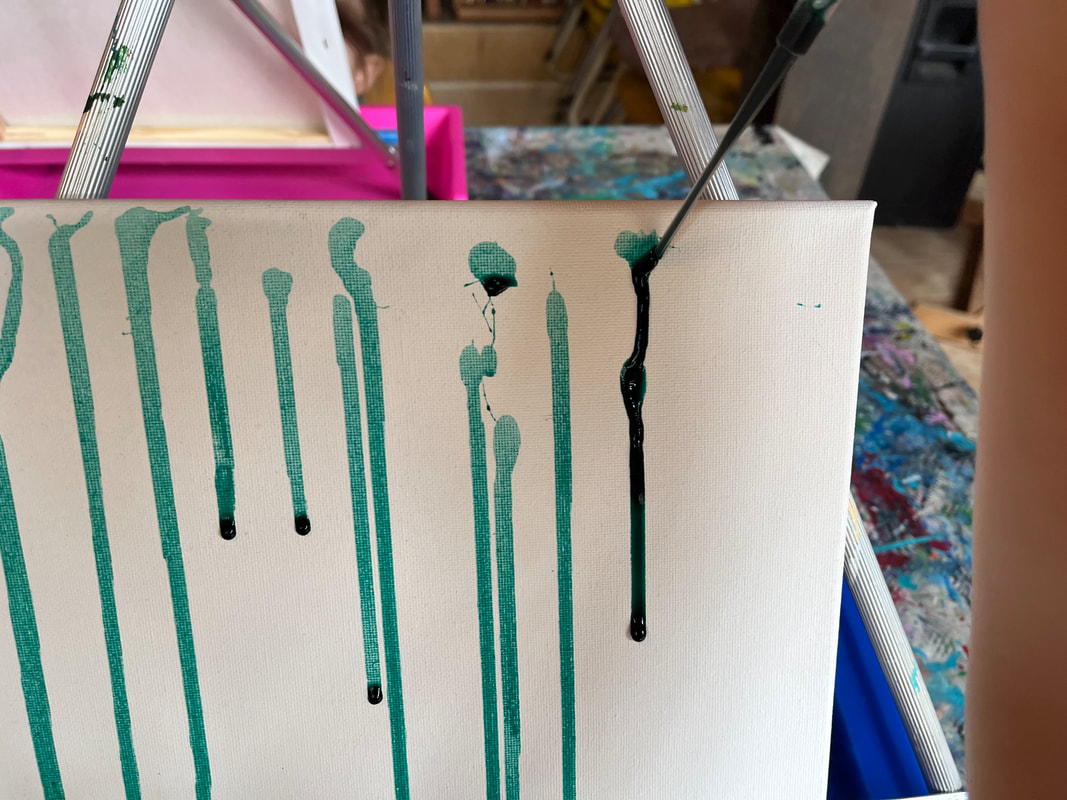
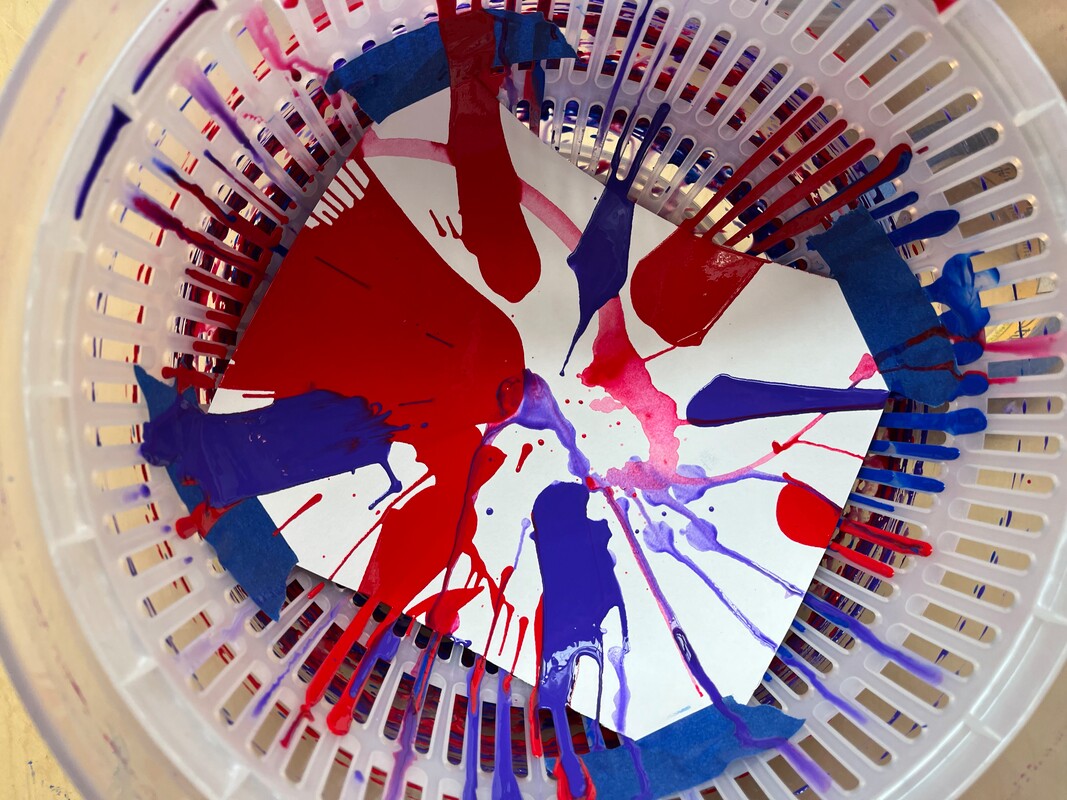
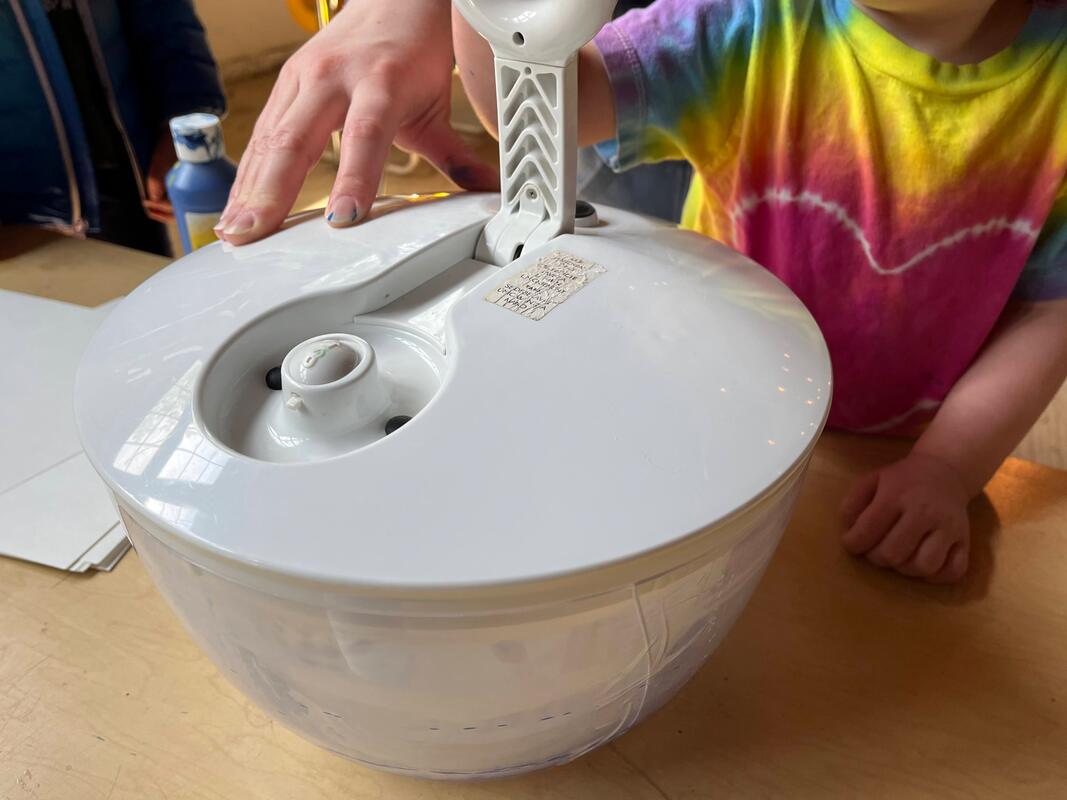
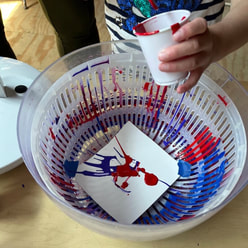
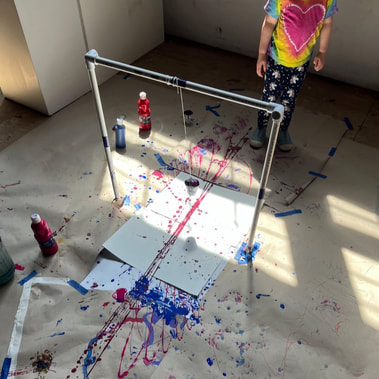
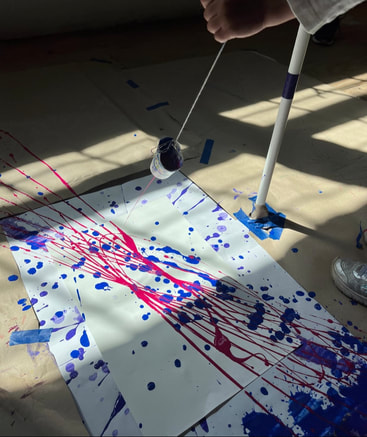
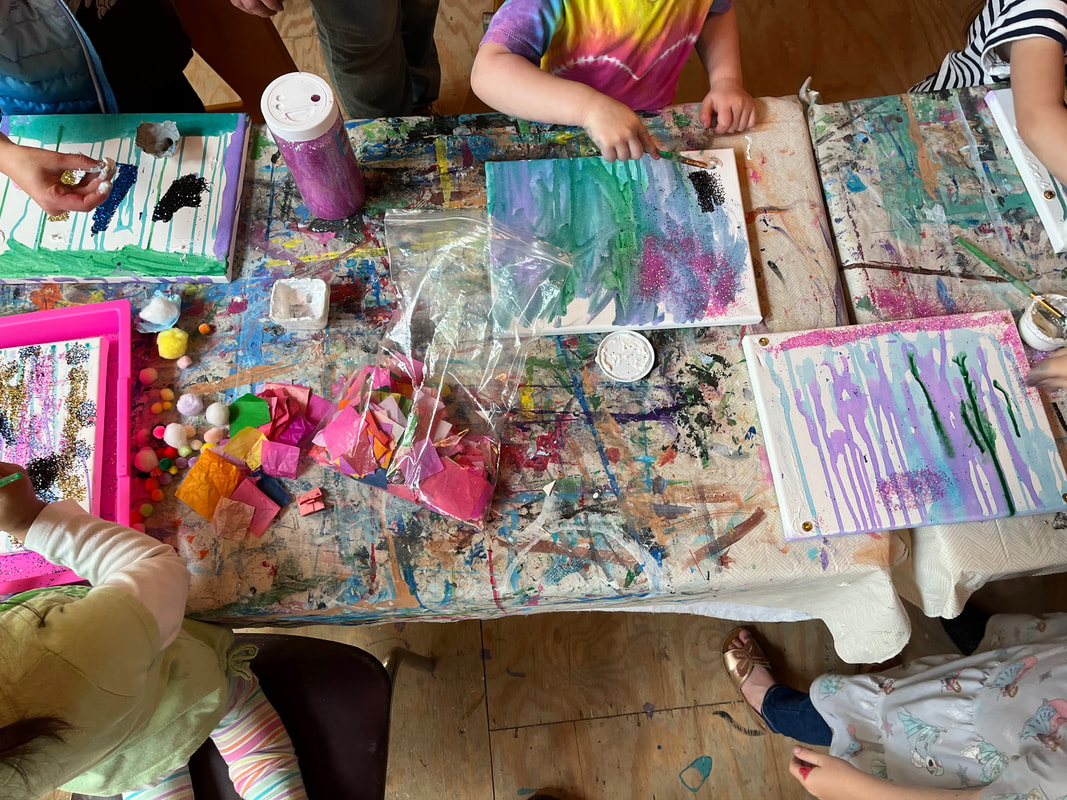
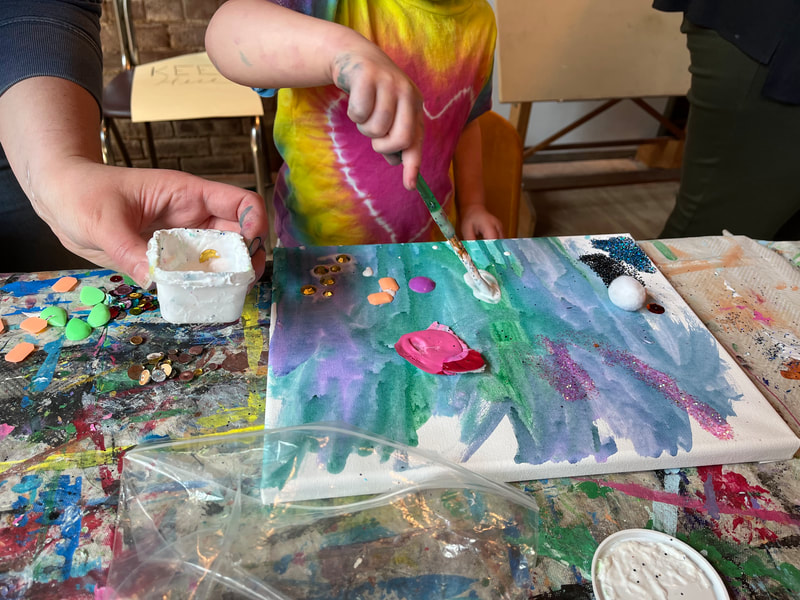
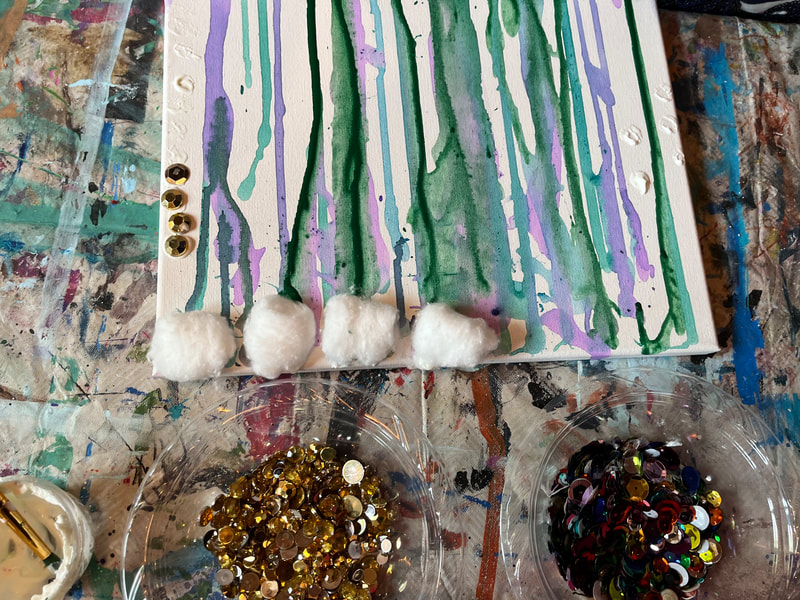
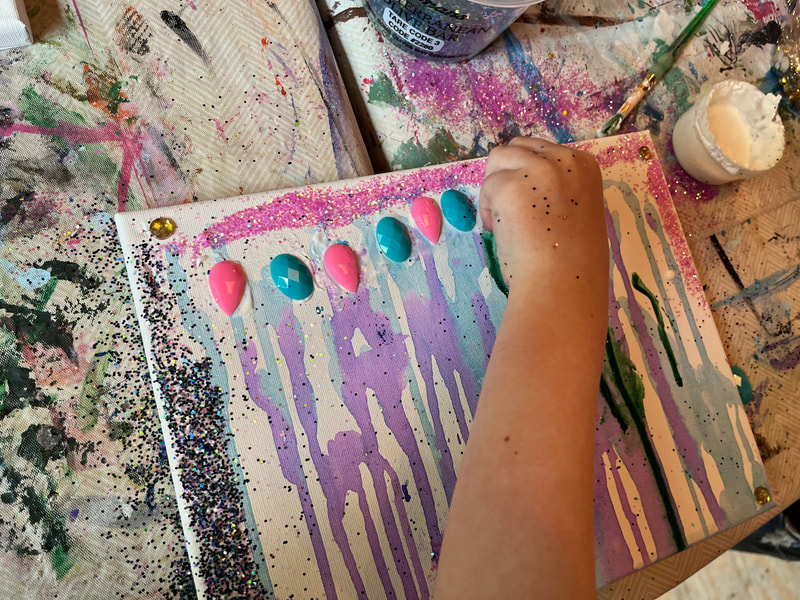
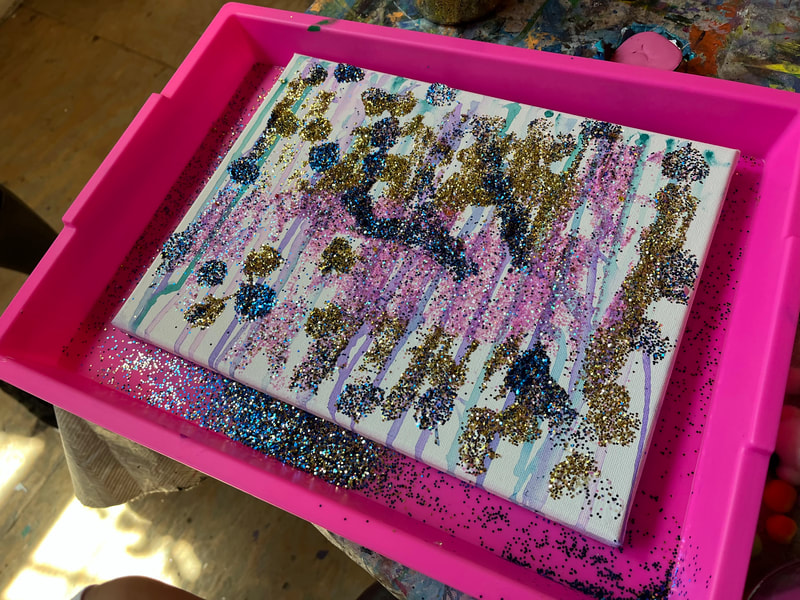
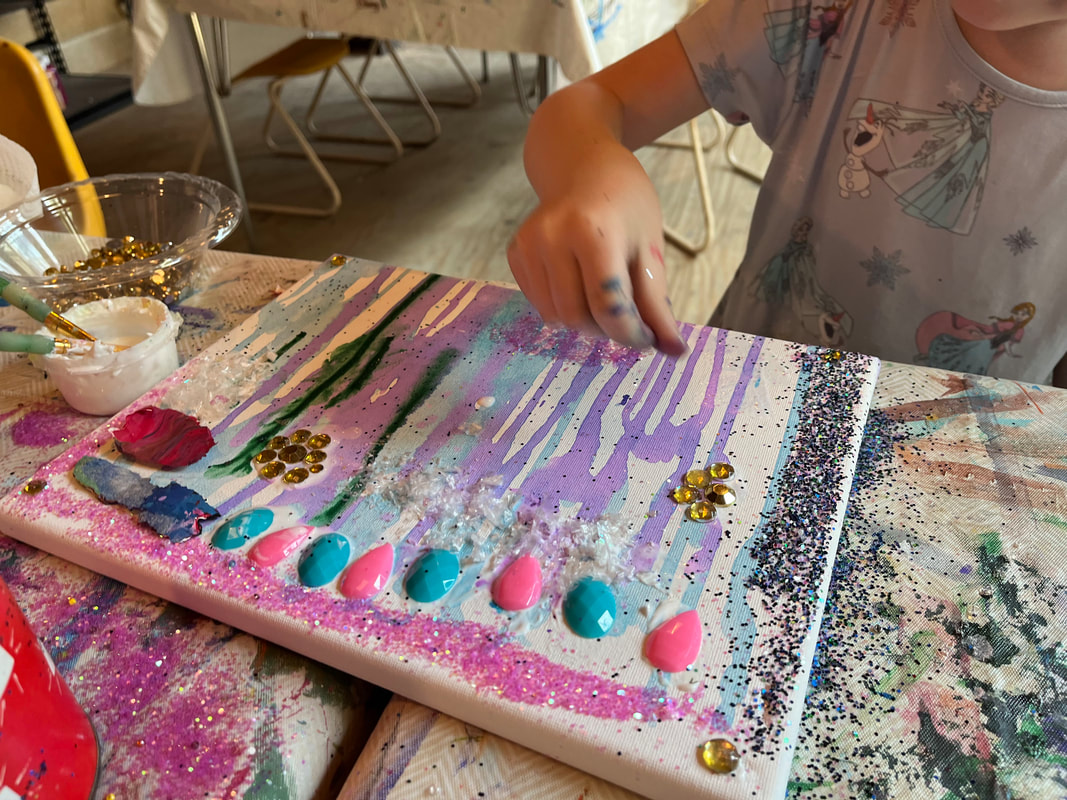
 RSS Feed
RSS Feed